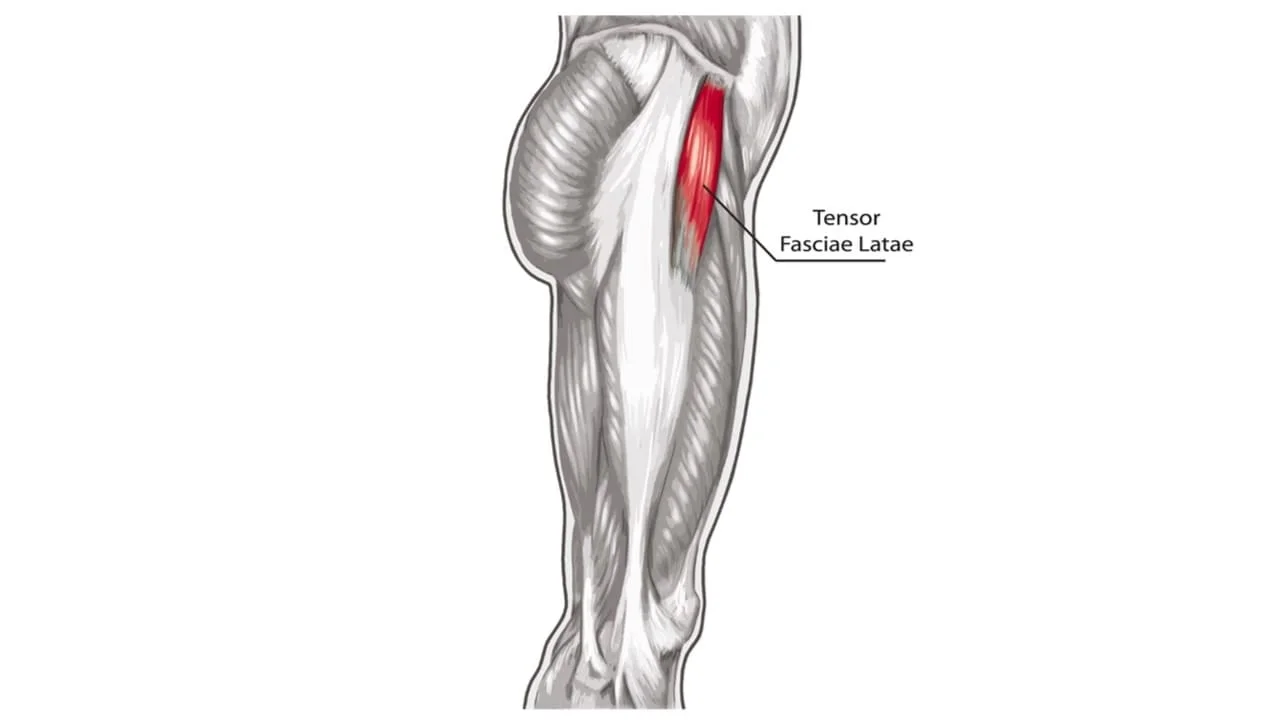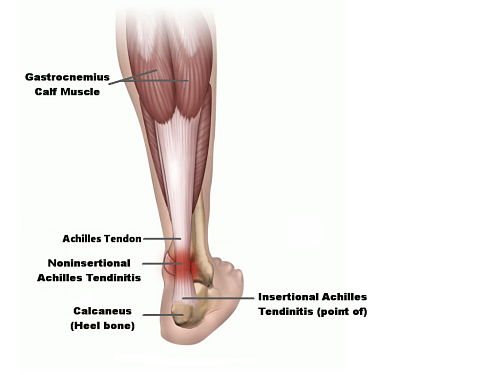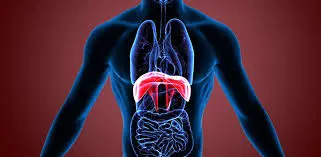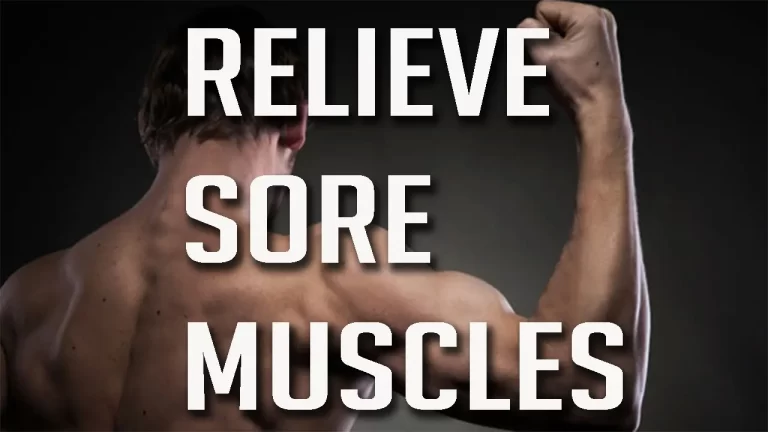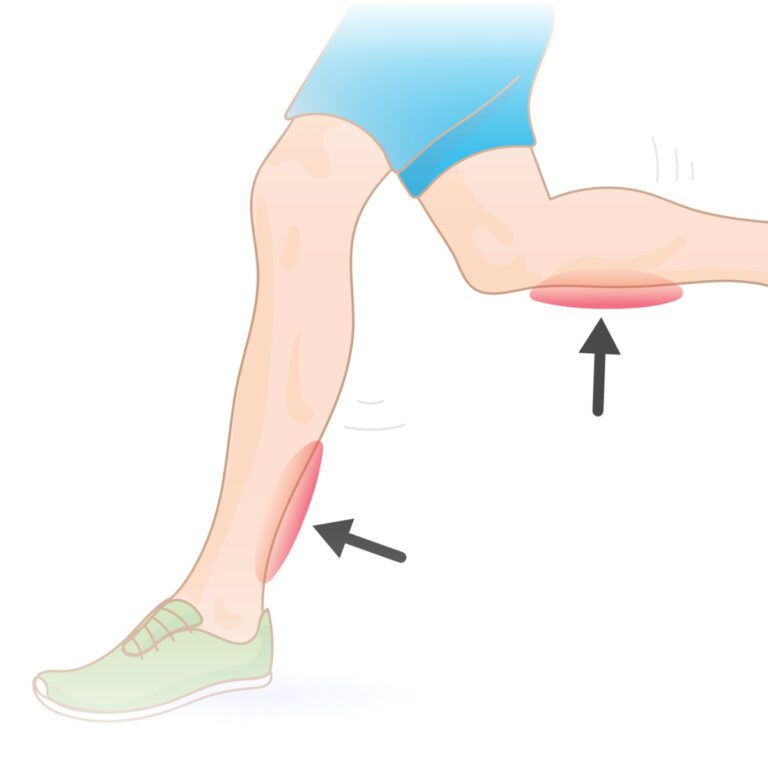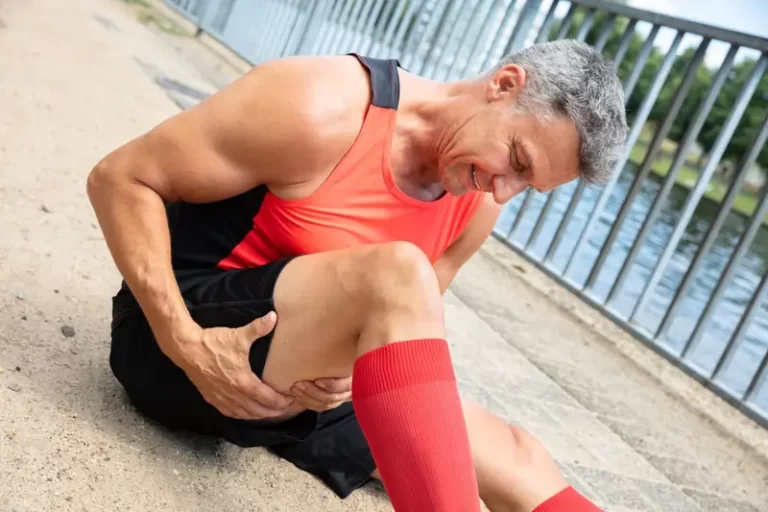Tensor Fascia Latae Muscle Pain: Cause, symptoms, Treatment and Exercise
When people feel pain in the top & outside of the hip joint & anterolateral portion of the thigh, it is indicated to be Tensor Fascia Latae muscle pain, which mostly occurs in the runner. this pain occurs due to tightness in the muscle.
Table of Contents
What is the Tensor Fascia Latae muscle pain?
- This Tensor Fascia Latae is a small muscle on the top & outside of the hip joint.
- This Tensor Fascia Latae pain occurs due to tightness & soreness in the muscle, which mostly occurs in runners.
- This Tensor Fascia Latae pain is due to many causes like Hip Osteoarthritis, Knock knee (valgus) posture.
- Tensor fasciae latae pain trigger points are in the hip joint area & an anterolateral portion of the thigh that extends as far as the knee joint.
- This pain is felt such as deep hip pain which is further aggravated by walking/laying down on the affected side.
- This pain is relieved due to the RICE principle & stretching, strengthening & exercise.
What is the anatomy of the Tensor Fascia Latae muscle?
- This Tensor fasciae latae muscle is a fusiform muscle that is located in the lateral aspect of the thigh.
- The Tensor Fascia Latae muscle is a small muscle that is found on the outside of the hip joint.
- This muscle belongs to the muscles of the gluteal region, means along with the gluteus medius, gluteus maximus, & gluteus minimus muscles.
- Tensor fasciae latae muscle is found to be superficial in the anterolateral aspect of the thigh, which is spanning from the anterior portion of the iliac crest to the superior portion of the tibia bone, which is inserts via the iliotibial tract.
- The main function of this Tensor Fascia Latae muscle is to produce the extension & lateral rotation – external rotation of the leg on the knee joint. Additionally, it is also contributing to the movements of the thigh, which is acting as a relatively weak abductor & medial rotator – internal rotator on the hip joint.
What is the cause of the Tensor Fascia Latae muscle?
- The main cause of the TFL pain = Tensor Fascia Latae muscle pain is overuse of the muscle.
- This pain also occurs when the compensation for the weaker surrounding muscles of the leg.
- When the TFL muscles are compensated with the other muscle & working too much harder than to own muscle work it is indicated to overuse of this muscle & give to result in muscle pain.
- This muscle compensation occurs because to surrounding muscles are being dysfunctional due to weakness in muscle or inhibition.
- The patient feels Difficulty in sitting position for long periods with the hip joint is flexed position up to 90 degrees or more.
- When in the patient occur of IT band tightness then it is lead to Tensor fasciae latae tightness, which produces the pain.
- When the occur Pelvic & iliac dysfunction which is caused by tightness in the Tensor Fascia Latae muscle.
- The TFL Tensor Fascia Latae muscle is also become overloaded with repeated use in the following situations:
- Walking & running activities
- Cycling, swimming
- If the patient Standing with a swayed back
- Patient do the Meditating with the crossed legs
- If the Wearing high heels too often
- When the patient does the sitting/driving/kicking for a long period.
- If the patient Sleep in the fetal position
What is Symptoms of the Tensor Fascia Latae muscle Pain?
- Patient feel Pain which refers to the outside of the thigh, and outer hip joint & when lying on the affected side hip joint.
- This pain is Increased when the patient is doing the weight-bearing on one side.
- Difficulty in walking quickly.
- The patient feels Trouble lying down on the affected side.
- The patient feels Difficulty sitting for long periods with the hip joint flexed up to 90 degrees or more.
- In the patient tender, the point is also present in the Tensor Fascia Latae muscle.
- The patient also presents muscle spasms due to overuse of the muscle.
- The patient feels the weakness in the leg on the affected side.
Which are Common problems associated with TFL pain = Tensor Fascia Latae muscle pain?
Hip Osteoarthritis :
- When the person is suffering from the TFL Tensor Fascia Latae which is sometimes developed in the hip osteoarthritis on the affected side.
- This occurs due to the new biomechanics in the Tensor Fascia Latae muscle which places excess stress &strain on the structures of the hip joint.
- This muscle stress & strain ultimately leads to the early onset of degeneration & inflammation of the hip joint structures, which results in an osteoarthritis condition.
Tension & tightness:
- This Muscle pain is often associated with the tense & tight compensating muscles.
- These muscles’ Tension & tightness are due to the high alert which is issued by the brain.
- When the muscle is on high alert & ready to spring into action at all times it increases the muscular tone & feels like as when the muscle is unable to fully lengthen.
- When the muscle remains in this position for a long time it is unable to relax & recover from the tightness muscle & it will become chronically tight & shortened of muscle.
- If the patient’s posture is Poor, many positions & movements contribute to TFL tightness.
Knock knee (valgus) posture:
- Due to the TFL muscle pain & tightness which is sometimes due to the internal rotator of the hip joint, twisting the thigh inward from the hip joint, it can become shortened & tight resulting in a position called the knock knees position where the one/ both of the knees become to internally rotated.
Anterior pelvic tilt:
- Another posture created is the result of a Tensor Fascia Latae muscle tightness which is the cause of muscle pain in an anterior pelvic tilt.
- This abnormal posture is possible by the Tensor Fascia Latae muscle pain because the TFL muscle is doing the movement of the hip flexion movement.
- In the standing position, the legs are anchored due to the TFL muscle tightness pulling the front of the pelvis where the originates down &, resulting in the anterior pelvic tilt.
Lateral pelvic tilt:
- On the other side, when the occur tightness of the TFL muscle unilateral means in one side, which is pulling this side of the pelvis down, which is give to result in the pelvis dropping to one side.
What is the treatment of the Tensor Fascia Latae muscle pain?
Trigger Point Release:
- The Trigger point therapy involves the application of the firm pressure which is a hyperirritable spot/taut band, which is known as a trigger point. This pressure works to release the tension in the muscle, by decreasing the blood flow of this area & decrease the pressure felt.
- When the pressure is removed, blood flows back to the area & flushes any toxins released by the muscle.
- These points are often released the refer pain to other parts of the body in a few seconds.
Dry Needling:
- Dry needling is a technique that is used to reduce muscle restriction by releasing the trigger points with acupuncture needles.
- A Soft tissue Occupational Therapist uses individually packed sterilized acupuncture needles to directly the needle directly on the trigger point & produce a local response within the muscle, which quickly dissipates & allows the muscle to relax.
Myofascial Release:
- Myofascial release is the manipulative treatment that attempts to release the tension in the fascia due to trauma, posture & inflammation.
- These connective tissues called the fascia surround the muscles, bones, nerves & organs of the body.
- Points of the restriction in the fascia which places a great deal of pressure on the nerves & muscles causing chronic pain.
- A soft tissue occupational therapist is given long stretching strokes meant to balance tissue & muscle mechanics which improves to joint range of motion – ROM to relieve pain.
Heat:
- Applying heat on the painful Tensor Fascia Latae muscle through the use of a heat pack helps to alleviate the pain. Heat is an inexpensive, effective form of pain relief that works by increasing blood flow to the area, relaxing the muscles & increasing ROM & flexibility.
- By increasing the circulation & blood flow throughout the area so that healing properties are delivered to the muscles & aiding in repair & reducing the symptoms of tensor fascia lata muscle pain.
What is physiotherapy treatment for the tensor fascia latae muscle?
- The physiotherapy treatment includes stretching & exercise for reduced tensor fascia lata muscle pain.
Stretching for the tensor fascia latae muscle:
- The best form of relief from the tensor fascia muscle pain includes resting from the aggravating activities.
- Gentle exercise, stretching & strengthening exercise which is important in assisting to relieve pain & help to speed up the recovery.
- Gentle stretching decreases the pain associated with the tensor fascia muscle pain by encouraging the circulation & blood flow to tissues which reduces the muscle stiffness & spasm. on the Secondary side, correcting the muscle imbalances & building strength in the hip joint region is important in helping to reduce the demands & stress on the tensor fascia latae muscle and subsequently reducing the tensor fascia latae muscle pain.
- TFL stork standing stretch
- Outer hip stretch
- foam roller to stretch
- Static standing TFL stretch
- Quadruped active TFL stretch
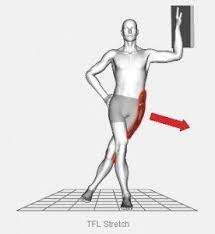
TFL stork standing stretch:
- The patient is in a standing position beside the wall & places the hand on the wall to support the body.
- Then Raise the leg that is closest to the wall & bend the knee joint & place it on the other leg’s right side above the knee joint to be in a stork standing position.
- Place the other hand tensor fascia latae muscle over the going to stretch.
- Then in the standing position on one leg, slowly bend them toward the wall.
- Keep the leg still & bend the torso.
- The patient feels the tension force over the tensor fascia latae muscle.
- Hold this position for 30 seconds.
- Repeat this stretching 3 times a day.
Outer hip stretch:
- The patient is Lying down on the floor on the back.
- Cross the left foot over the right knee joint.
- Must be Keep the left knee bent.
- Then using the right hand, pull & push the left knee across the body.
- It is highly important to keep the left shoulder on the floor.
- Hold this stretching position for 10 – 20 seconds.

Foam roller to stretch:
- The patient is lying down on the foam roller on the right /left side in a way that the foam roller is placed on the upper lateral aspect of the thigh at the level of the side pocket one inch below the anterior iliac crest.
- Then place the opposite leg in front of the right leg.
- Support the body with the elbow on the floor. Then start to move slowly up & down on the foam roller from the anterior iliac crest level to 1/3 upper part of the thigh for 5 – 10 seconds.
- Hold this stretching position for 10 – 20 seconds.
Static standing TFL stretch:
- The patient is in the Standing position for the stretching.
- In the standing position, the patient is staggered stance with the foot which is behind the pointing outwards & rotating the hip joint at 45 degrees.
- Then Contract the glutes muscle driving the patient’s weight forward till the patient feel a stretch
- Reach up the across & back with the arm on the affected side.
- Hold this position for 30 seconds
- Repeat 3 times in 1 time the 3 times per day.
Quadruped active TFL stretch:
- The patient is Getting down on the ground with hands stacked under the shoulders & knees under the hip joint.
- Then Extend one leg behind the contracting of the glutes muscle.
- The hip joint is Externally rotated & toes are out at 45 degrees.
- Must be Keep the spine in a neutral position & adduct the hip joint.
- Hold this position for up to 30 seconds
- Repeat 3 times in 1 time the 3 times per day.
Exercise for the TFL muscle pain :
- Clamshell exercise with bands
- Sidesteps with bands
- Quadruped hip extension
- Quadruped hip extension with bent knee
- Single glute bridge
Clamshell exercise with bands:
- The patient is Lying down on the side with both legs together & knees bent at 45 degrees.
- Rest the head on the lower arm.
- Keeping the feet together, raise the upper leg as high as the patient can.
- Then the patient is Briefly paused at the top
- After that Slowly return to starting position
- Do the 3 sets per day & 10 reps on each side
Sidesteps with bands:
- The patient is Standing with the feet hip-width apart in an athletic stance with the knees slightly bent & leaning forward.
- Step to the side so that the feet are slightly wider than the shoulder-width apart.
- Step the other foot towards the first foot.
- Repeat this exercise on the other side.
- Do the 3 sets per day & 10 reps on each side
Quadruped hip extension:
- The patient is Getting onto the floor with the hands stacked under the shoulders & knees under the hip joint.
- Keeping the back straight & engaging the core muscle.
- Press the one leg up & back behind till the leg is fully extended
- Then Slowly return to the starting position
- Repeat this exercise on the other side.
- Do the 3 sets per day & 10 reps on each side.
Quadruped hip extension with bent knee:
- The patient is Getting onto the floor with the hands stacked under the shoulders & knees under the hip joint.
- Keeping the back straight & engaging the core muscle.
- Press the one leg back behind keeping the knee joint bent at 90 degrees.
- Then slowly return to the starting position.
- Repeat this exercise on the other side.
- Do the 3 sets per day & 10 reps on each side.
Single glute bridge:
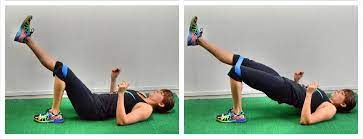
- The patient is Lying down on the back with the knees bent & feet planted on the floor & arms on are sides for extra support.
- Then Lift one leg off the ground and extend in front of the patient.
- Must be Keep the upper back on the floor & contract the glutes muscle.
- Push through the heel of the foot on the floor.
- Raising the hips off the ground till the knee, hips & shoulders are created in a straight line.
- Keep the core muscle engaged the whole time pause briefly at the top for 1-2 seconds then return to starting position
- Repeat this exercise on the other side.
- Do the 3 sets per day & 10 reps on each side.

